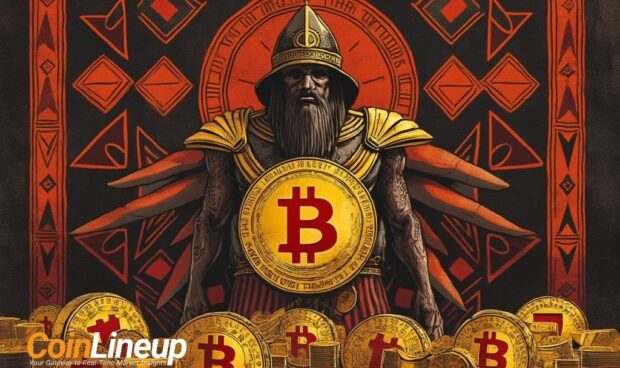
- Whale exits ETH, impacts USDC holdings.
- 21,000 ETH sold at a loss.
- No official statements from key leaders.

A whale offloaded over 21,000 ETH at a $6.6 million loss and pulled 9.6 million USDC from Hyperliquid. This maneuver stems from Hyperliquid’s structure of independence, lacking outside investment, and its advanced market strategies.
Main Content
A prominent crypto whale executed a substantial transaction involving more than 21,000 ETH, incurring a loss of $6.6 million. This transaction led to the withdrawal of 9.6 million USDC from Hyperliquid, impacting the platform’s liquidity.
Hyperliquid, a decentralized exchange led by Jeff Yan, is structured as a self-funded entity. The team has not addressed this specific whale action, maintaining their commitment to market resilience and ongoing structural integrity despite external financial shifts. Jeff Yan, CEO of Hyperliquid, expressed, “We’re such a small team, and we’re trying to do a lot. So, yeah, I think I probably push people to do more than maybe they’re comfortable doing, but that might just be true for every CEO or CTO role.”
The event affects liquidity in the broader cryptocurrency market, temporarily disrupting Hyperliquid’s USDC vaults. Industry observers note potential volatility, though no significant chain reactions have been observed within Hyperliquid or other DeFi platforms.
Financial impacts include a short-term increase in ETH volatility, potentially altering market dynamics. Hyperliquid’s self-funded structure remains intact, with longstanding strategies addressing liquidity pressures without external investor influence.
Absence of statements from key opinion leaders or regulatory bodies suggests measured market reaction. Hyperliquid maintains operational stability despite significant asset movement by large-scale investors within the DeFi ecosystem.
Historical DeFi trends, such as volatility sparked by significant whale movements, might inform future regulatory decisions or technological adjustments. Observers favor structural resilience of protocols, despite significant transactions like these impacting market perceptions.











Be the first to leave a comment